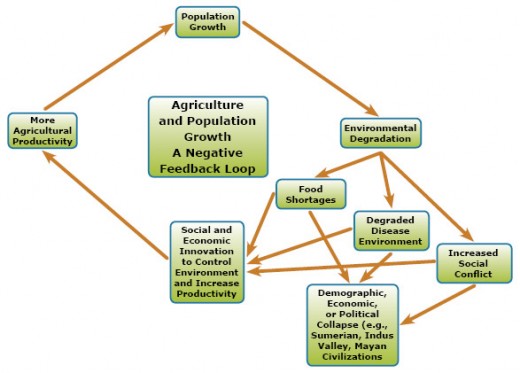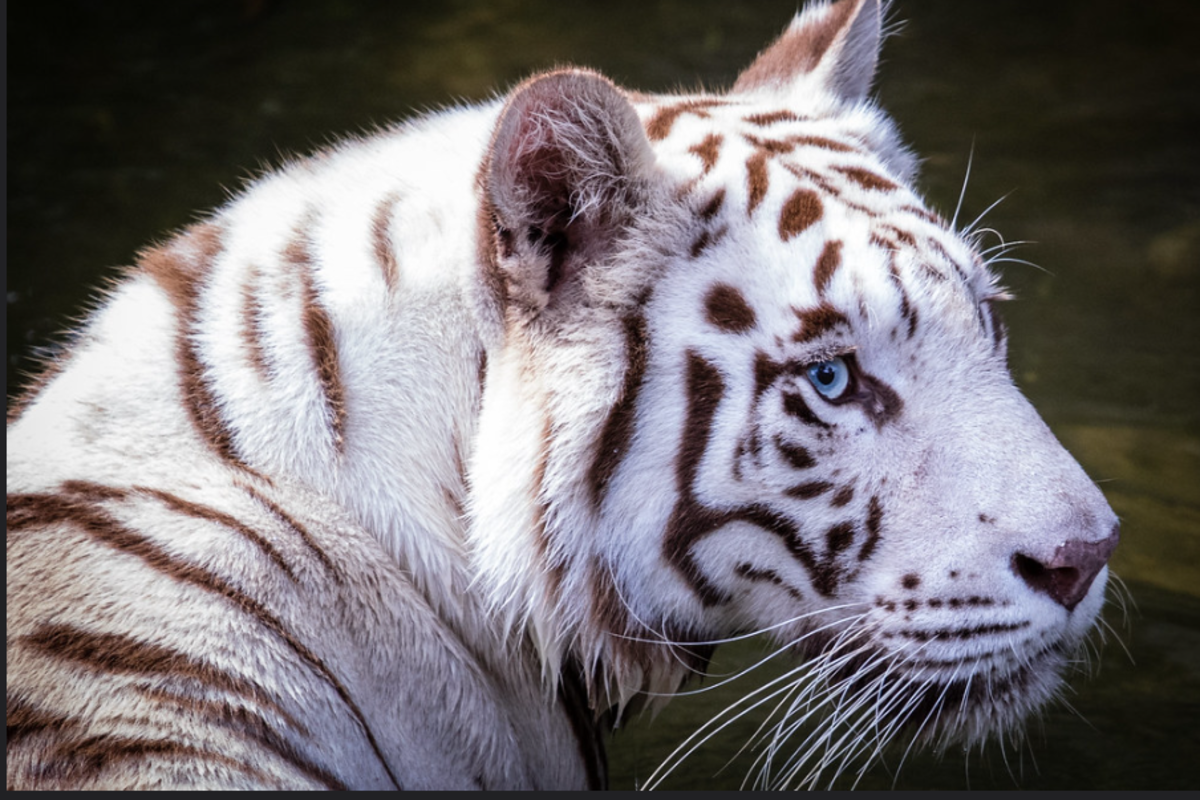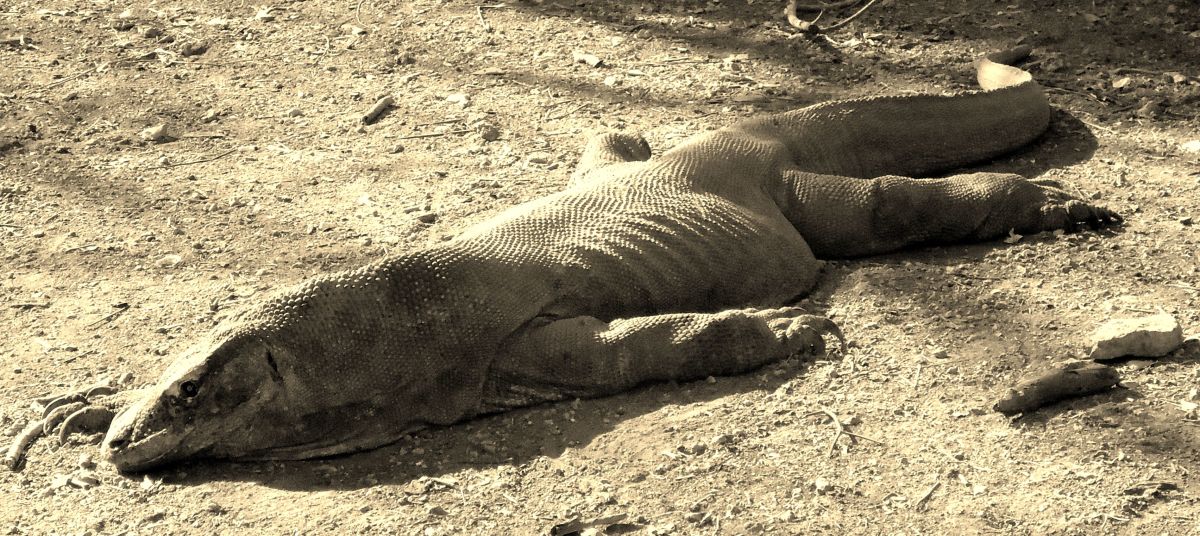Nature Controlling Population

Population size depends on many influences
Nature in balance has a feedback loop that keeps various species populations in balance and healthy. The feedback loop encompasses all plant, animal and other species in a combined and unequal manner. This feedback loop is the predator-prey loop that keeps everything in balance and optimal performance. The feedback loop follows what is called a strange attractor, a term discovered from iteration processes run on computer algorithms, especially where fractal equations with complex numbers are involved. Although we may think that predator-prey feedback loops are disadvantageous, especially with our current civilization that is so dependent on surplus value to keep expanding, this is actually the real way nature functions the best within a closed system of the global ecosphere. Every species in nature cycles between large and small numbers back and forth where population numbers are concerned. They never exactly repeat patterns of the past as a result of complex interactions with one another. In some cases, a population may go extinct. but the population is replaced by a newly evolving species that fills the vacant niche.
The Lotka/Volterra predator-prey model exemplifies the implicit and explicit assumptions biologists and mathematicians studying chaos often have regarding species interaction. Populations are stable or fluctuate periodically over time. Other factors that enter are things like the capricious nature of the climate. The reality of population fluctuation is often much more complicated than given in most models and there is now overwhelming evidence that many populations fluctuate in a non-periodic way. Using a discrete predator-prey model based on algorithms that generate chaos, it is possible to qualitatively mimic the interaction of some predator-prey populations.
Those of us who are familiar with fractals; another variation of the same field of mathematics, know that mathematically generated fractal patterns, though looking strongly in some cases like ferns, craters or branches, lightning, river systems and the like they are often "too perfect looking". They lack the subtlety found in nature such as missing leaves, broken branches, knots, intervening obstacles and other things that are familiar details in the natural world. Therefore, the fractal algorithm method of studying population interactions has limits and problems that we may not be familiar with. Benoit Mandelbrot, one of the fathers of fractal mathematics. said it best when he opined, mathematical models have their upper and lower limits beyond which they no longer apply.
The best way to study natural control of populations is the Charles Darwin approach, by seeing and studying it directly. Living organisms in nature are divided into several classes, being the order of plants, animals, fungus, protozoa, bacteria and viruses. In a closed system, like the Earth, there is a limited space in which all species and genera can interact. The outside influences on this closed system are light, gravity, magnetism and the influence of things like meteorites, space dust and so on. Light is the principle driver of much of life on life. It is through the photoelectric effect that photosynthesis occurs at the bottom of the food chain upon which most of life depends.
Many life forms live off plants by either a symbiotic or parasitic fashion. Symbiots live interdependent with plants where both supply needs that the other cannot fulfill for themselves. Parasites live by devouring the other to obtain nutrition and energy. This is the foundation of population variation among species. When plant eating species devour plants, the plant eating population grows. At the same time, the plants dwindle in number. In the long run, this creates starvation in the plant devouring kingdom and the plant eaters die off, allowing the plants to increase their population again. Nature intervenes from other angles; such as cold spells that curtail plant growth. And then there are the carnivore predators that devour other animals, such as those that eat plants. Thus the whole interplay of all influence complicate the picture beyond even complex mathematical analysis.
Mathematical analysis can only deal with simple pictures where two species interact with each other minus all the other influences. If one adds these other influences, the algorithms involved would be too complex to solve outside of intuition. Added to the two species predator-prey relationship in nature are things like sudden climate change. Then there is the fact of multiple predators on one host. These range from predators of similar size right down to disease organisms, any one of which can threaten an entire population. So the real picture is a great deal more complex than the study involving the shift in populations between one predator and one prey.
Human beings have gone a long way in controlling nature, but this is limited to our abilities to control our immediate surroundings. The methods that we have incorporated in bring nature under our control. But history teaches that the human population also varies widely from influences of predators like disease and insects that devour our food. Included in this is the very real fact that human beings also prey one another, though this is more to do with taking what someone else has for your own. Our predation is often related to warlike activity. Though we have not driven ourselves collectively to extinction, there are tribes that have been driven to extinction due to our self predatory activities. Such was the fate of the Mohicans during the period of the Indian Wars when the “new World” was being cleared for settlement. One wonders if this is how the Neanderthal met their fate some 12,000 years ago.
Regardless of what we do as a species, we are always under the ultimate limits and control of nature. We are not such masters as to avoid the consequences of climate and disease. Unfortunately, our industrial and warlike activities are currently threatening our survival. This is part of the complexity of the whole reality. Many species exist in a very narrow bandwidth of conditions. Coral for instance, cannot tolerate a temperature variation of more than a degree or two centigrade. As a species, we can’t tolerate much in the way of extremes. Our “comfort zone” is between about 20 to 38 degrees Centigrade. Anything less or greater than the “comfort zone” of any species can threaten existence by overwhelming the natural ability to deal with it. Though we have developed ways of dealing with extremes, the fact remains that our methods have limits and these are being changed due to factors such as greenhouse gasses being added to the atmosphere due to burning fossil fuels to keep warm in extreme cold. Now we face extreme heat and the ecosystem we are familiar with and depend on, is breaking down and threatens to severely deal with our population in the process. In the end, nature is the ultimate control of population from a multitude of angles including ourselves in the mix.








